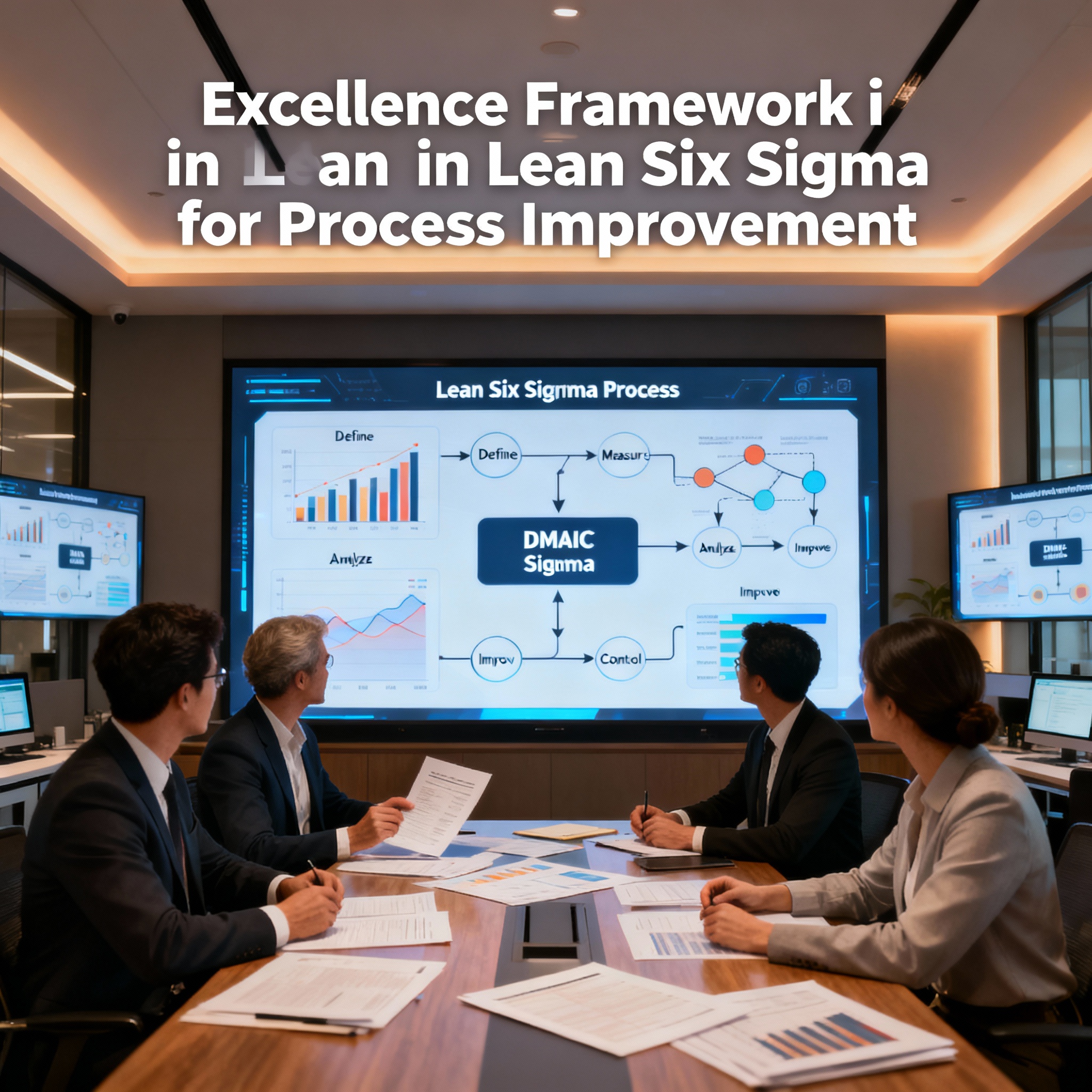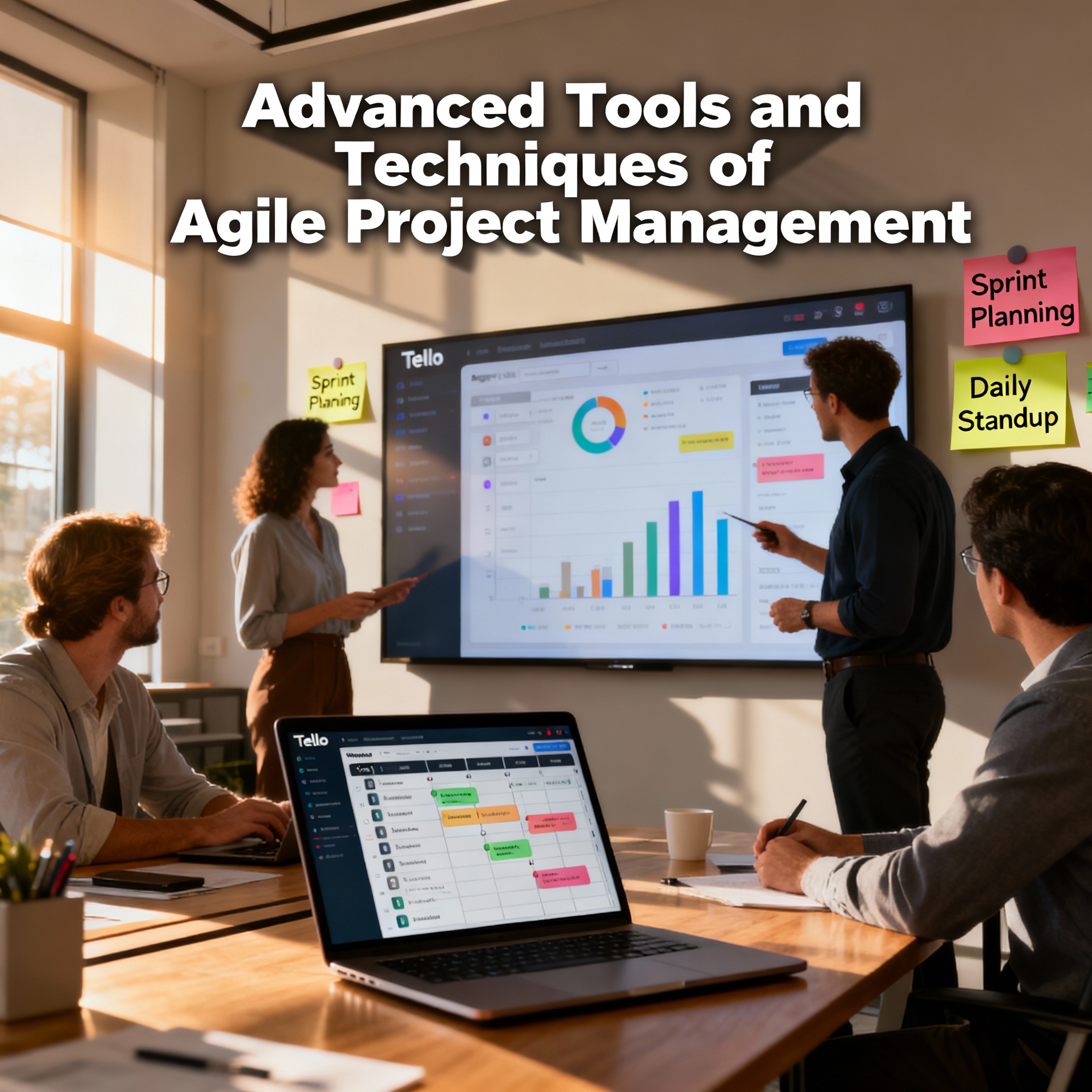Currently Empty: $0.00
Share This Course
01
Introduction
Introduction
02
Objectives
Objectives
03
Who Should Attend?
Who Should Attend?
04
Training Method
Training Method
05
Course Outline
Course Outline
The cybersecurity landscape is undergoing a seismic shift. As adversaries increasingly leverage Artificial Intelligence to launch sophisticated, automated attacks, traditional defense mechanisms are no longer sufficient. AI-powered security tools offer the promise of predictive threat detection, automated response, and unparalleled scalability. However, selecting the right AI security application is fraught with complexity, and managing it introduces unique challenges around explainability, integration, and adversarial manipulation.
This five-day intensive course is designed for cybersecurity leaders and practitioners. It provides a strategic framework for navigating the crowded marketplace of AI security solutions, from AI-powered SIEMs and EDRs to autonomous penetration testing tools. Participants will learn how to critically evaluate vendors, integrate AI tools into existing security architectures, and establish robust governance to ensure these powerful systems are effective, ethical, and resilient against attack.
Upon completion of this course, participants will be able to:
-
Evaluate AI Security Solutions: Critically assess the capabilities, claims, and underlying technology of AI-powered security applications across various categories (e.g., threat detection, fraud prevention, vulnerability management).
-
Understand the AI Threat Landscape: Identify how attackers use AI (e.g., AI-powered malware, deepfakes for social engineering, adversarial attacks) to justify and guide AI security investments.
-
Manage the AI Security Lifecycle: Develop processes for the ongoing management, monitoring, and tuning of AI security tools to maintain efficacy and reduce false positives/negatives.
-
Integrate AI into Security Architecture: Design a strategy for seamlessly integrating new AI tools with existing security infrastructure (SOAR, SIEM, etc.) for a cohesive defense posture.
-
Mitigate AI-Specific Risks: Address unique risks such as model poisoning, data bias, algorithmic transparency, and supply chain vulnerabilities in AI security products.
-
Build a Business Case and ROI Model: Calculate and articulate the value and return on investment of proposed AI security applications to executive leadership.
This course is designed for professionals responsible for securing organizational assets and making technology investment decisions:
-
Chief Information Security Officers (CISOs) & Deputy CISOs
-
Security Architects & Engineers
-
SOC Managers & Analysts
-
IT Risk and Compliance Managers
-
Security Operations Center (SOC) Team Members
-
Network Security Specialists
-
IT Directors & Heads of Infrastructure
-
Cybersecurity Consultants & Auditors
-
Procurement Professionals specializing in security technology
• Pre-assessment
• Live group instruction
• Use of real-world examples, case studies and exercises
• Interactive participation and discussion
• Power point presentation, LCD and flip chart
• Group activities and tests
• Each participant receives a binder containing a copy of the presentation
• slides and handouts
• Post-assessment
Day 1: Foundations of AI in Cybersecurity
-
AM: The New Arms Race: AI vs. AI in Cybersecurity
-
How attackers are using AI: automated exploits, intelligent phishing, deepfakes, and evasion techniques.
-
How defenders use AI: threat hunting, anomaly detection, automated response (SOAR), and behavioral analytics.
-
Key AI Concepts for Security Pros: Supervised vs. Unsupervised Learning, NLP, and Graph Analysis in a security context.
-
-
PM: The AI Security Application Landscape
-
Mapping the vendor ecosystem: AI in EDR, XDR, SIEM, NDR, Fraud Detection, and Cloud Security Posture Management (CSPM).
-
Understanding the “AI” in the product: from marketing buzzwords to genuine machine learning capabilities.
-
Workshop: Deconstructing vendor datasheets and whitepapers.
-
Day 2: The Selection Process: Evaluating and Procuring AI Tools
-
AM: Defining Requirements and Building a Shortlist
-
Aligning AI tool selection with organizational risk profile and security strategy.
-
Developing a weighted evaluation criteria framework: accuracy, performance, integration capabilities, cost, and vendor viability.
-
Creating a proof-of-concept (PoC) test plan that rigorously evaluates AI claims.
-
-
PM: Technical Deep Dive and PoC Execution
-
Key questions to ask vendors about data sources, model training, false positive rates, and update cycles.
-
Hands-on PoC testing: simulating attack patterns and evaluating detection and response efficacy.
-
Case Study: Evaluating two competing AI-powered intrusion detection systems.
-
Day 3: Implementation and Integration
-
AM: Architecting for AI
-
Integration strategies: Connecting AI applications to existing SIEM, SOAR, and ticketing systems.
-
Data pipeline requirements: Ensuring clean, relevant, and sufficient data feeds for AI tools.
-
Managing the handoff: from AI-driven alerting to human investigation and response.
-
-
PM: Change Management and Tuning
-
Upskilling the SOC: Training analysts to work with AI-generated insights and alerts.
-
The continuous tuning cycle: Calibrating models to your environment and reducing noise.
-
Workshop: Tuning an AI-based alert system to minimize false positives without missing true threats.
-
Day 4: Managing Risks and Ensuring Governance
-
AM: The Risks of Your AI Security Tools
-
Adversarial AI: Understanding and defending against model poisoning, evasion attacks, and data manipulation aimed at your defenses.
-
Ensuring Explainability: Moving from “black box” to “glass box” – why did the AI flag this event?
-
Addressing Bias: Ensuring your AI security tools don’t create blind spots or target specific groups.
-
-
PM: Governance, Compliance, and Ethics
-
Establishing AI governance frameworks for security: accountability, oversight, and review processes.
-
Compliance considerations (GDPR, EU AI Act): How using AI for security monitoring intersects with privacy regulations.
-
Group Discussion: Developing an acceptable use policy for AI security monitoring.
-
Day 5: Strategy, ROI, and the Future
-
AM: Measuring Success and Building the Business Case
-
Defining KPIs for AI security tools: Mean Time to Detect (MTTD), Mean Time to Respond (MTTR), alert fatigue reduction, and workload deflection.
-
Calculating ROI: Quantifying efficiency gains, risk reduction, and cost savings.
-
Communicating value to the board and other non-technical stakeholders.
-
-
PM: Capstone Project and Future Trends
-
Capstone Exercise: Teams are given a scenario and budget to select an AI security portfolio, justifying their choices based on organizational need, integration, and risk.
-
Future Trends: Generative AI in security, autonomous response, and the evolving AI threat landscape.
-
Course Wrap-Up: Developing a personal strategic action plan for AI security adoption.
-
- Course Details
- Address
Damascus
- Location
- Phone
+963 112226969
- Fees
300 $
More Course

Application of Excellence framework in Lean Six Sigma for Process Improvement #253006
Fees : $ 300
Start Date : November 16, 2026
End Date : November 20, 2026
Type Of Course : Offline Course
Location : Damascus
Course Category : Operations & Quality

Application of Excellence framework in Lean Six Sigma for Process Improvement #253006
Fees : $ 300
Start Date : September 7, 2026
End Date : September 11, 2026
Type Of Course : Offline Course
Location : Damascus
Course Category : Operations & Quality

Application of Excellence framework in Lean Six Sigma for Process Improvement #253006
Fees : $ 300
Start Date : June 29, 2026
End Date : July 3, 2026
Type Of Course : Offline Course
Location : Damascus
Course Category : Operations & Quality

Application of Excellence framework in Lean Six Sigma for Process Improvement #253006
Fees : $ 300
Start Date : April 20, 2026
End Date : April 24, 2026
Type Of Course : Offline Course
Location : Damascus
Course Category : Operations & Quality

Application of Excellence framework in Lean Six Sigma for Process Improvement #253006
Fees : $ 300
Start Date : February 9, 2026
End Date : February 13, 2026
Type Of Course : Offline Course
Location : Damascus
Course Category : Operations & Quality

Advance tools and techniques of Agile Project Management #253005
Fees : $ 300
Start Date : November 9, 2026
End Date : November 13, 2026
Type Of Course : Offline Course
Location : Damascus
Course Category : Operations & Quality

Advance tools and techniques of Agile Project Management #253005
Fees : $ 300
Start Date : August 31, 2026
End Date : September 4, 2026
Type Of Course : Offline Course
Location : Damascus
Course Category : Operations & Quality

Advance tools and techniques of Agile Project Management #253005
Fees : $ 300
Start Date : June 22, 2026
End Date : June 26, 2026
Type Of Course : Offline Course
Location : Damascus
Course Category : Operations & Quality

Advance tools and techniques of Agile Project Management #253005
Fees : $ 300
Start Date : April 13, 2026
End Date : April 17, 2026
Type Of Course : Offline Course
Location : Damascus
Course Category : Operations & Quality

Advance tools and techniques of Agile Project Management #253005
Fees : $ 300
Start Date : February 2, 2026
End Date : February 6, 2026
Type Of Course : Offline Course
Location : Damascus
Course Category : Operations & Quality

future centre Join our platform to access flexible learning, expert instructors, and industry-relevant courses designed to help you succeed in your career
Categories
© Copyright 2025 Future Centre | All Rughts Reserved
Sign In
or sign in with email
The password must have a minimum of 8 characters of numbers and letters, contain at least 1 capital letter
Years of experience in teaching
Choose your academic specialty
Country/Region
Your Address
Your Address
Upload Your Resume
Upload file
Supported file formats
Drag file here or click the button.
.png, .jpg, .jpeg, .mp4, .pdf
Uploading...
Terms & Conditions
By selecting this option, you confirm that you agree to the Terms and Conditions

